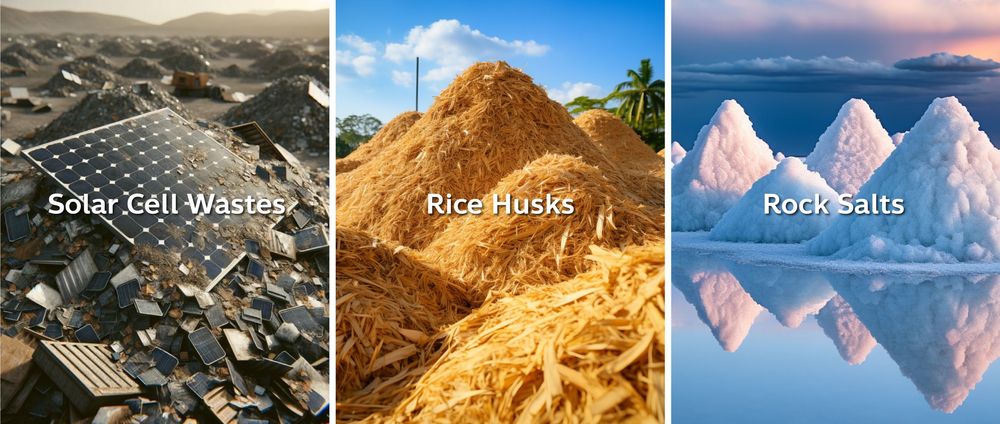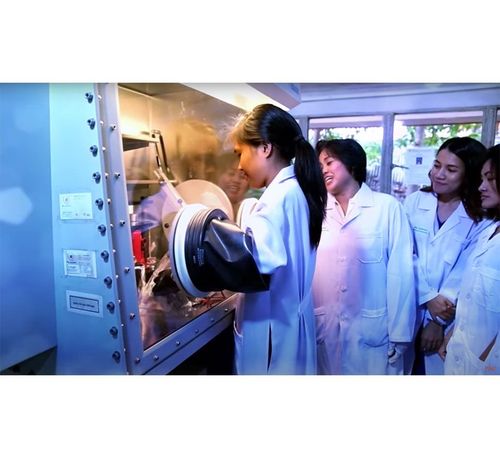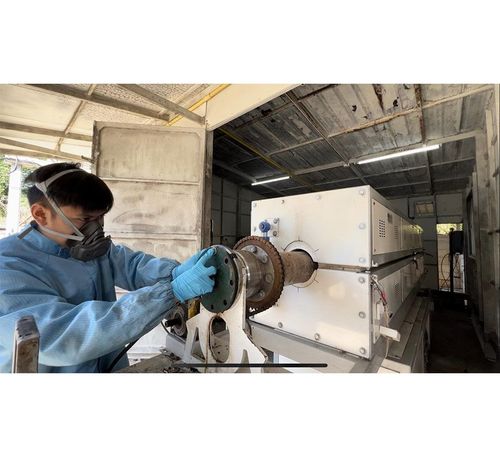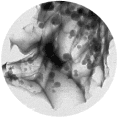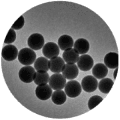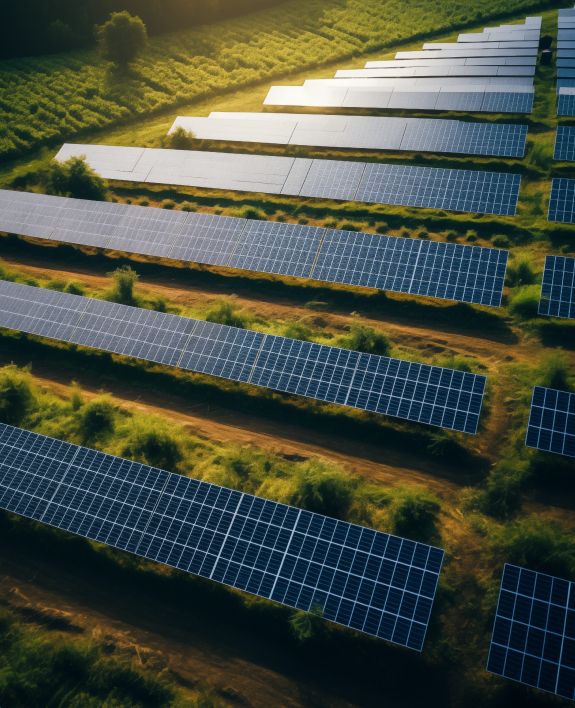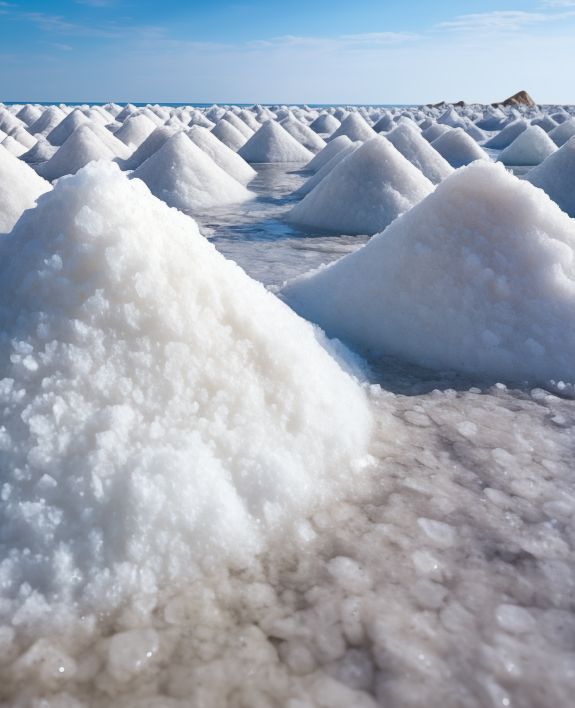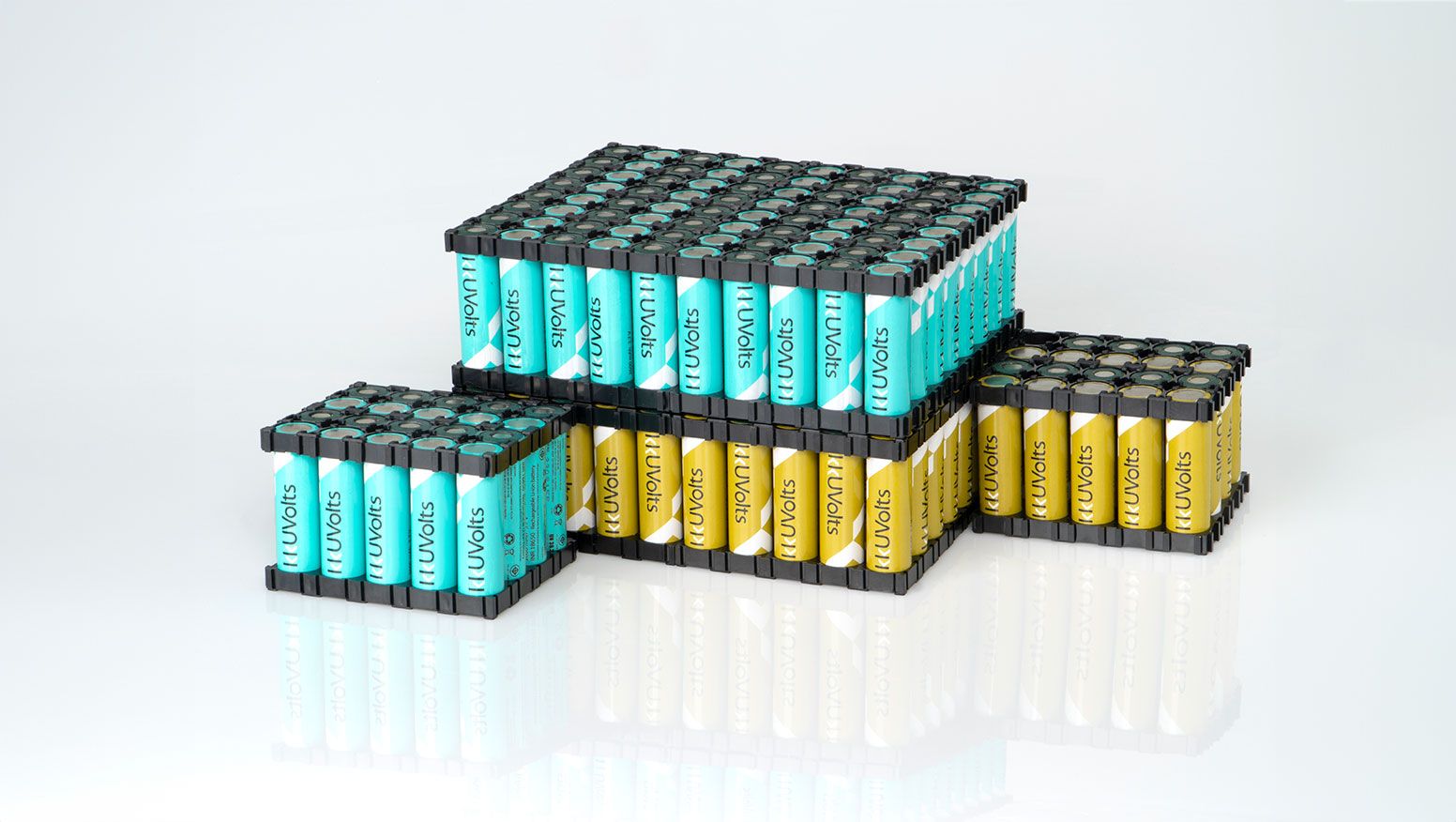Rice Husks
Li-ion Battery from Rice Husks
Rice husks are a readily available agricultural waste in many Asian countries and have the highest silicon content among biomass materials. They can be extracted easily and cost-effectively in an environmentally friendly manner, and the synthesis of silicon-based anode batteries using rice husks is easy to scale up. This technology offers numerous advantages, including excellent battery properties and a sustainable, low-cost source of silicon.

